Your Stuffy Nose Is a Liar: Here’s How to Actually Breathe Again
We’ve all been there. It’s 2 AM, one nostril is completely sealed shut, and you’re breathing through your mouth like a panting dog. A stuffy nose feels like a simple plumbing problem, but it can absolutely ruin your sleep, focus, and general mood. People often show up looking for help after they’ve tried everything, totally frustrated that nothing seems to give them lasting relief. They just want to know what works, what doesn’t, and most importantly, why.
Here’s the deal: getting real relief starts with understanding what’s actually going on inside your nose. It’s not just about a bunch of mucus clogging things up. It’s a much more interesting story about inflammation and your body’s over-the-top reaction to an invader.
So, let’s break down the mechanics of a stuffy nose and go over the real-world strategies that actually get you breathing freely again.
Why Your Nose Feels Blocked (It’s Not What You Think)
Most people blame excess mucus for that blocked-up feeling. But honestly, that’s only half the story. The real culprit is inflammation.

Your nasal passages are lined with these amazing, soft tissues filled with blood vessels, called turbinates. Think of them as the body’s built-in air conditioners; they warm and humidify every breath before it hits your lungs. When your immune system spots an enemy—like a cold virus or a bit of pollen—it sounds the alarm and sends a flood of blood to your nose to fight it off. This is a good thing! But it has a major side effect: the blood vessels in your turbinates swell up, and the surrounding tissue gets puffy and inflamed.
This swelling literally narrows the passageway for air. It’s less like a clogged pipe and more like a tunnel during rush hour when two lanes are suddenly closed. The mucus is just a symptom of that underlying inflammation, not the main cause of the blockage.
By the way, your body has a
Inspirational Gallery
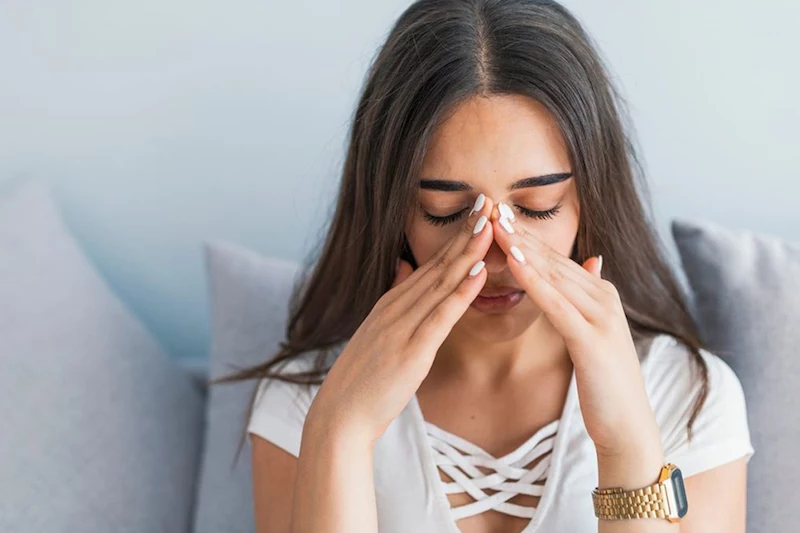

Nearly 80% of the population experiences a physiological “nasal cycle,” where one nostril becomes more congested while the other opens up, switching every few hours.
This is your body’s clever way of giving the tissues on one side a rest from constant airflow. So, if you notice one side feels more blocked than the other, especially at night, it’s often just your body’s natural rhythm at work, not necessarily a sign that your cold is getting worse.

The Rebound Effect: Be cautious with over-the-counter decongestant nasal sprays like Afrin or Otrivin. While they provide instant relief by constricting blood vessels, using them for more than three consecutive days can cause a dependency. Your nasal tissues get used to the spray, and when you stop, they can swell back up even worse than before—a frustrating condition known as rhinitis medicamentosa.

Can that spicy curry actually clear your sinuses?
Yes, but it’s a temporary fix. Foods containing capsaicin (in chili peppers) or allyl isothiocyanate (in wasabi and horseradish) act as irritants to your mucous membranes. This triggers a response: your body produces a rush of thin, watery mucus to flush the irritant out. It provides a brief moment of clarity as things start to drain, but it doesn’t treat the underlying inflammation causing the stuffiness.

A bedside humidifier can be your best friend during a cold, but choosing the right one matters. Your quick checklist:
- Cool Mist vs. Warm Mist: Cool mist is generally safer, especially with children or pets around, as there’s no risk of burns from hot water or steam. Both are equally effective at humidifying the air.
- Size: Match the unit to your room size for efficiency. A small personal humidifier like the Pure Enrichment MistAire is perfect for a nightstand.
- Cleaning: Look for models with easily accessible tanks. Regular cleaning is non-negotiable to prevent mold and bacteria buildup.
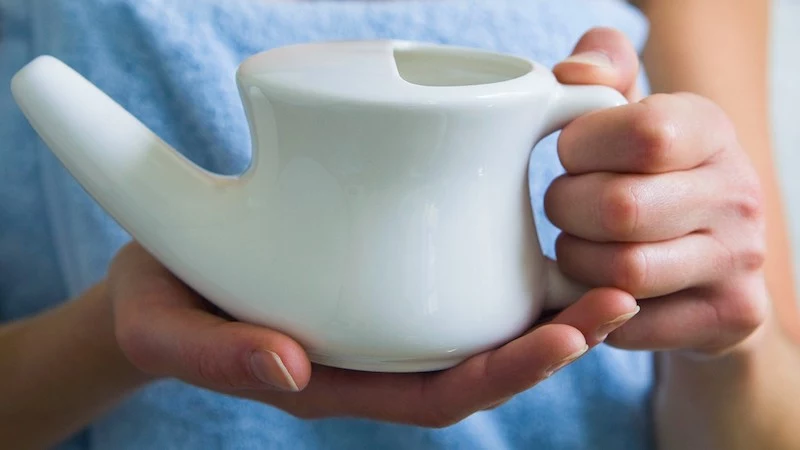
Saline Rinse: Think of it as a gentle shower for your nasal passages. A simple saltwater solution (like NeilMed’s Sinus Rinse) physically flushes out mucus, allergens, and irritants without medication. It’s safe for daily, long-term use.
Medicated Decongestant: This is a powerful, short-term drug that shrinks swollen blood vessels. It provides fast relief but should only be used for a maximum of 3 days to avoid rebound congestion.
For chronic issues or simple colds, start with saline. Save the medicated spray for severe, can’t-breathe emergencies.

- Thins mucus, making it easier to expel.
- Soothes irritated nasal passages.
- Reduces the risk of your congestion turning into a sinus infection.
The secret? Staying relentlessly hydrated. Water is the simplest and most effective expectorant there is. Aim for plenty of water, herbal tea, or clear broth to keep things flowing.

The Neti Pot, a staple of Ayurvedic medicine for centuries, relies on a simple principle: gravitational-assisted nasal irrigation.
This ancient tool isn’t just a wellness trend; it’s a proven method for flushing the nasal cavity. However, safety is paramount. The FDA strongly warns to only use distilled, sterile, or previously boiled and cooled water. Tap water can contain microorganisms that are safe to drink but can cause dangerous infections if introduced into the sinuses.

Create your own personal steam tent for instant relief. Simply fill a bowl with steaming (not boiling) water. For an extra therapeutic kick, add a few drops of eucalyptus or peppermint essential oil, or even a small dollop of a mentholated rub like Vicks VapoRub. Drape a towel over your head, lean over the bowl, and breathe in the vapors for 5-10 minutes. The warm, moist air helps to loosen mucus and soothe inflammation.
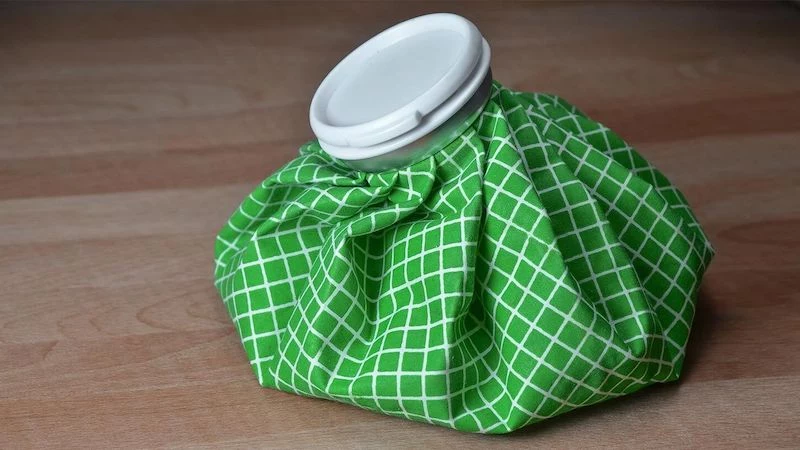
Sometimes the simplest solutions are the most effective. Lying flat allows mucus to pool and can make congestion feel worse. Use an extra pillow or two to prop your head up at night. This simple change in angle uses gravity to help your sinuses drain more effectively, potentially giving you just enough relief to get some much-needed sleep without any medication.
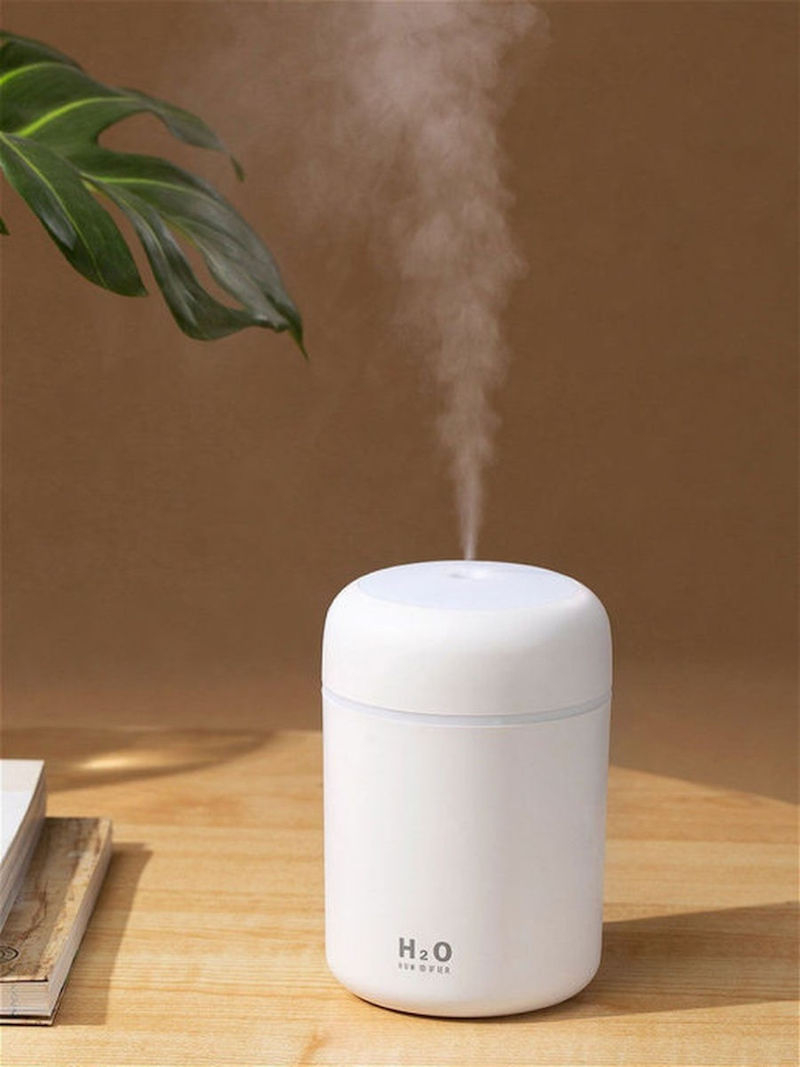
- Provides targeted, soothing warmth.
- Helps to reduce sinus pressure and pain.
- Encourages mucus to thin and drain.
A warm compress is a fantastic drug-free option. Just soak a washcloth in warm (not hot) water, wring it out, and lay it across your nose and forehead. The gentle heat can be surprisingly effective at easing the discomfort associated with sinus congestion.

If the traditional Neti Pot seems intimidating, modern sinus rinse systems offer a more controlled experience. Devices like the Naväge Nasal Care system use gentle powered suction to pull a saline rinse through one nostril and out the other, rather than relying on gravity. It’s a mess-free, high-tech evolution of an ancient practice, offering the same flushing benefits in a more user-friendly package.

A single night of poor sleep can reduce the activity of your body’s natural killer cells, a key part of the immune system, by up to 70%.
This creates a vicious cycle: your stuffy nose ruins your sleep, and that lack of sleep weakens your immune system’s ability to fight off the very cold that’s causing the congestion in the first place. Prioritizing decongestion for better sleep isn’t just about comfort; it’s a critical strategy for a faster recovery.
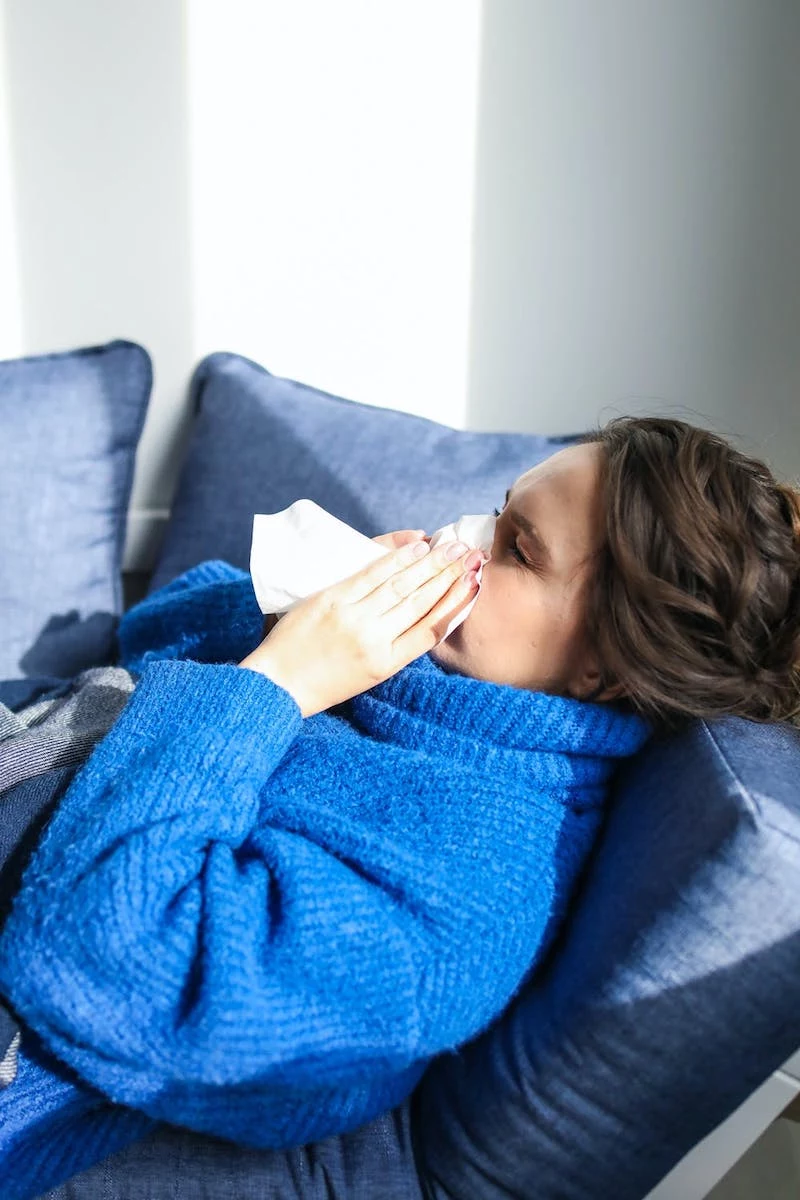
The power of menthol, the key compound in peppermint, isn’t that it’s a true decongestant—it doesn’t actually shrink blood vessels. Instead, it works by tricking your brain. Menthol binds to a specific cold receptor (TRPM8) in your nose, creating a cooling sensation that your brain interprets as increased airflow. So while you aren’t technically less stuffy, you feel like you can breathe better.
Is it allergies or a cold? A simple check can help you decide on the right treatment. Colds often come with fatigue, body aches, and a sore throat, with mucus that may be thick and yellow or green. Allergies, on the other hand, typically feature itchy, watery eyes and a runny nose with clear mucus, and they persist as long as you’re exposed to the allergen. Knowing the difference helps you reach for an antihistamine (for allergies) instead of a cold medicine.










